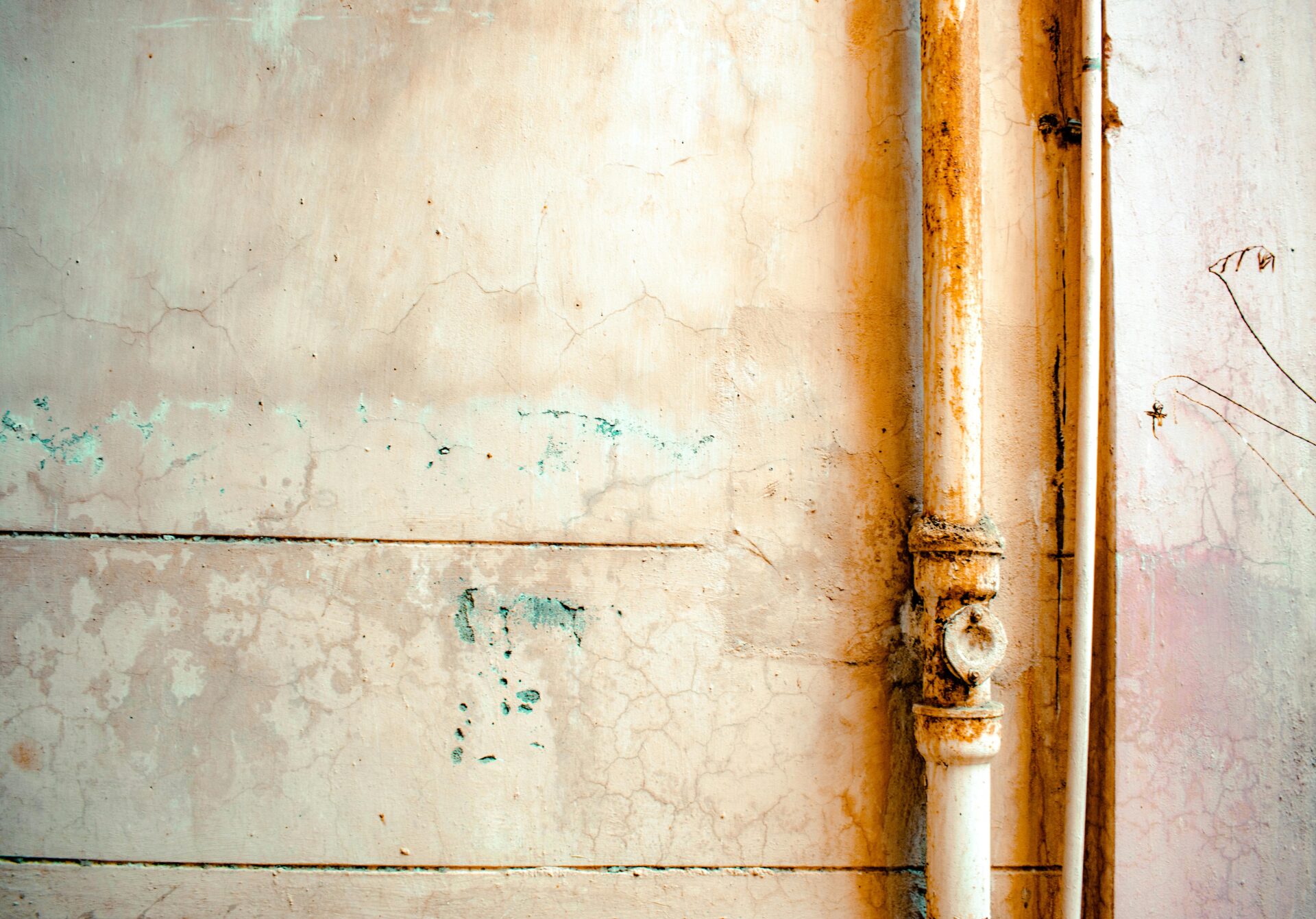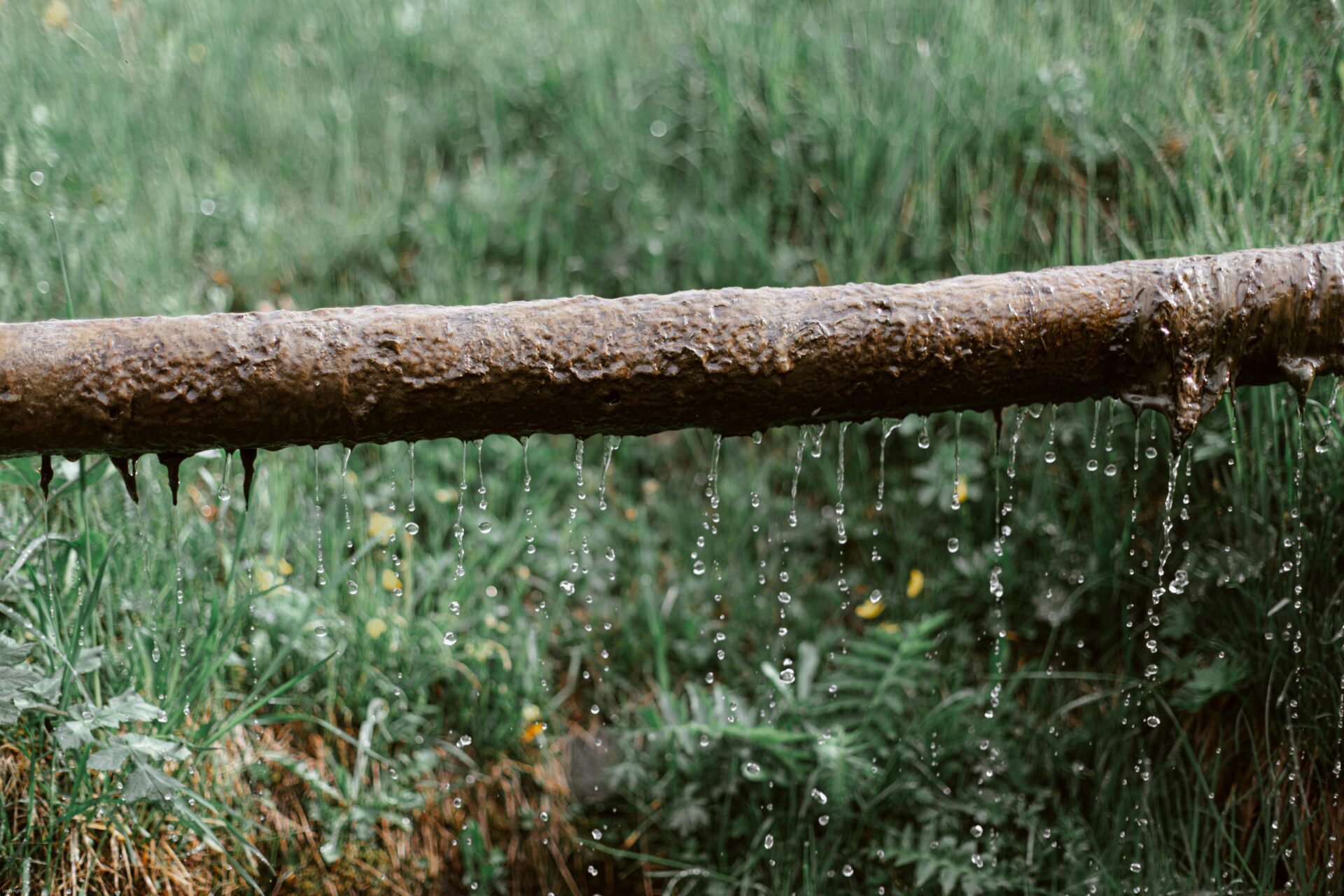
Signs Your Sewer Line Is Backing Up And Needs Attention
By: 911 Water Damage Experts
Sewer line backups are more than just an inconvenience, they can lead to significant property damage, health risks, and costly repairs if not addressed promptly.
Understanding the signs of a sewer line backup is essential for homeowners to protect their homes and avoid long-term issues.
This article explores the warning signs, causes, and solutions to ensure your sewer system operates smoothly.
Let’s get right into it!
Common Causes Of Sewer Line Backups
Sewer line backups often result from a combination of factors, many of which develop over time. Tree root intrusion is a leading cause, as roots naturally seek out moisture and infiltrate small cracks in pipes.
Grease, food waste, and other debris can also accumulate in pipes, leading to blockages. Additionally, older homes are at risk of broken or collapsed sewer lines due to wear and tear.
Statistics from the Insurance Bureau of Canada indicate that sewer backups are among the most common causes of water damage claims, costing homeowners thousands in repairs. Regular maintenance and inspections can prevent these costly incidents.
Warning Signs To Watch For
One of the first indicators of a sewer line issue is slow-draining sinks or bathtubs. If multiple drains in your home are affected simultaneously, it’s likely a sign of a blockage in the main sewer line. Gurgling sounds from plumbing fixtures or frequent clogs are also red flags. Pay attention to these early signs to avoid more severe issues.
Unpleasant Odours In The Home
Foul odours emanating from drains are a clear sign that sewer gas is escaping into your home. Sewer gas contains harmful substances such as hydrogen sulphide, which can pose health risks if inhaled over time. Addressing these smells promptly is crucial for maintaining a safe and comfortable living environment.
Water Pooling In The Yard
If you notice unexplained pools of water or soggy patches in your yard, it could indicate a sewer line leak or backup. This water often contains waste, posing environmental and health hazards. A professional inspection can pinpoint the source of the problem and recommend the best course of action.
Mould Growth And Water Damage Indoors
Mould thrives in moist environments, making sewer backups a prime contributor to mould growth inside homes. Excess moisture from a damaged sewer line can seep into walls and floors, causing structural damage and creating a breeding ground for mould. Promptly addressing these issues is essential to prevent long-term health risks and costly repairs.
Persistent Pest Problems
Rodents and insects are attracted to the moisture and waste associated with sewer backups. If you’ve noticed an uptick in pests, it may be linked to an underlying sewer line issue. Sealing cracks and repairing damaged lines can help keep these unwanted guests at bay.
Toilet Backups And Overflows
Recurring toilet backups are one of the most obvious signs of a sewer line problem. These overflows can result from blockages in the main line, requiring immediate attention. Avoid flushing items like wipes or paper towels, as they can exacerbate blockages.
High Water Bills With No Explanation
An unexpected spike in your water bill could indicate a hidden sewer line issue. Leaks or backups may cause excessive water usage, even if you haven’t changed your habits. Monitoring your bills and investigating anomalies can help catch problems early.
Unusual Sounds From Drains
Gurgling or bubbling sounds coming from drains suggest air trapped in the sewer line. This occurs when water struggles to flow past a blockage, forcing air to escape through the pipes. Such sounds should prompt an immediate inspection to prevent further complications.
Risks Of Ignoring Sewer Line Problems

Ignoring sewer line issues can lead to extensive property damage, including cracked foundations and compromised structural integrity. Additionally, sewer backups can introduce harmful bacteria and pathogens into your home, posing serious health risks. Addressing problems early is the best way to minimise these risks and avoid escalating costs.
Professional Diagnosis And Repairs
Professional plumbers use advanced tools like sewer cameras and hydro jetting to identify and address sewer line problems. Sewer cameras provide a clear view of blockages or damage, while hydro jetting effectively clears debris and roots. These methods are efficient and minimally invasive, reducing the need for extensive excavation.
Preventative Maintenance Tips
Routine maintenance is key to preventing sewer line backups. Schedule regular inspections, especially if your home has older plumbing. Avoid pouring grease or disposing of non-biodegradable items down drains. Installing a backwater valve can also help protect your home from municipal sewer backups.
The Role Of Homeowners’ Insurance
Homeowners’ insurance policies typically cover sewer backups, but it’s essential to check the specifics of your coverage. Adding an endorsement for sewer backup protection can provide additional peace of mind. If you experience a backup, document the damage thoroughly and contact your insurer promptly.
DIY Versus Professional Help
While minor clogs may be manageable with a plunger or drain snake, sewer line backups often require professional intervention. Attempting to fix complex issues without the proper tools and expertise can lead to further damage. Knowing when to call a professional can save you time and money.
Cost Considerations For Repairs
The cost of repairing a sewer line varies depending on the extent of the damage. On average, homeowners can expect to pay between $3,000 and $10,000 for repairs. Trenchless repair methods, while more expensive upfront, often save money in the long run by avoiding extensive excavation.
Advances In Sewer Line Technology
Modern technologies like trenchless repairs and pipe lining have revolutionised sewer line maintenance. These methods minimise disruption and reduce repair times, making them ideal for addressing backups efficiently. Investing in these advancements can prolong the life of your sewer system.
FAQs
What Are The Most Common Signs Of A Sewer Line Backup?
Common signs include slow drains, gurgling sounds, foul odours, and recurring toilet backups.
How Can I Prevent Sewer Line Backups?
Regular maintenance, avoiding grease disposal, and installing a backwater valve are effective preventative measures.
Can Tree Roots Really Damage Sewer Lines?
Yes, tree roots are a leading cause of sewer line damage. They infiltrate pipes in search of moisture, causing blockages and cracks.
Should I Try To Fix A Sewer Line Backup Myself?
Minor clogs can be managed with basic tools, but significant backups require professional expertise to avoid worsening the problem.
When Should I Call A Professional For Sewer Line Issues?
If multiple drains are slow or you hear gurgling sounds, it’s time to call a professional plumber for a thorough inspection.
What Is The Average Cost Of Sewer Line Repairs?
Repair costs range from $3,000 to $10,000, depending on the severity of the issue and the repair method used.
Are Sewer Backups Harmful To My Health?
Yes, sewer backups can introduce harmful bacteria and pathogens into your home, posing serious health risks.
Can Homeowners’ Insurance Cover Sewer Backups?
Many policies offer coverage, but it’s essential to review your policy and consider additional endorsements if needed.
What Are The Environmental Risks Of Sewer Backups?
Sewer backups can contaminate soil and water sources, posing risks to the environment and public health.
How Important Is Early Detection Of Sewer Line Issues?
Early detection prevents minor issues from escalating, saving you time, money, and stress in the long run.
Conclusion
Sewer line backups demand prompt attention to prevent extensive property damage and health hazards.
By recognising the warning signs and seeking professional help when needed, homeowners can protect their homes and ensure their sewer systems function efficiently. Regular maintenance and staying informed are the keys to avoiding costly repairs and disruptions.
If you have any questions about our article “Signs Your Sewer Line Is Backing Up And Needs Attention” or need water damage restoration services contact us at 1-833-WE-DRY-IT or connect with us on social media.
Related Posts
Mould Removal Restoration Articles
5 Signs You Have Mould Growing In Your Walls
“Can I Remove Mould Myself?” Our Mould Removal Experts Have Answers
7 Must-Know Reasons Why You Should Get A Mould Inspection Before Buying A House
Does Mould Attract Bugs? Yes And Here’s What Kind And Why
How To Remove Mould From The Attic [Mould Prevention Tips Inside]
How Rain Causes Mould Growth-Prevention Tips Included
Must-Know Tips: How To Remove Mould In Your Basement
Water Damage Restoration Articles
What you can expect from a fire damage restoration company
Water damage prevention tips from the most common problems we’ve seen
Top causes of water damage in commercial buildings and how to find them
Must-know water damage tips: What to do after your house floods
What does good water damage restoration look like?
DIY water damage restoration and the hidden dangers
How to choose the right water damage company
Flast floods: What to do before, during and after a flash flood
What to do when your attic leaks?
Fire Damage Restoration Articles
How to clean up after a house fire
Fire damage restoration checklist
Fire damage tips: 6 hazards property owners miss
How smoke from fires can negatively affect your health
What are the most common causes of house fires?
10 helpful smoke damage cleaning tips
Related Water Damage Services
Fire damage restoration services
Water damage restoration services
Emergency cleanup services
Mould removal services
Weather damage services

